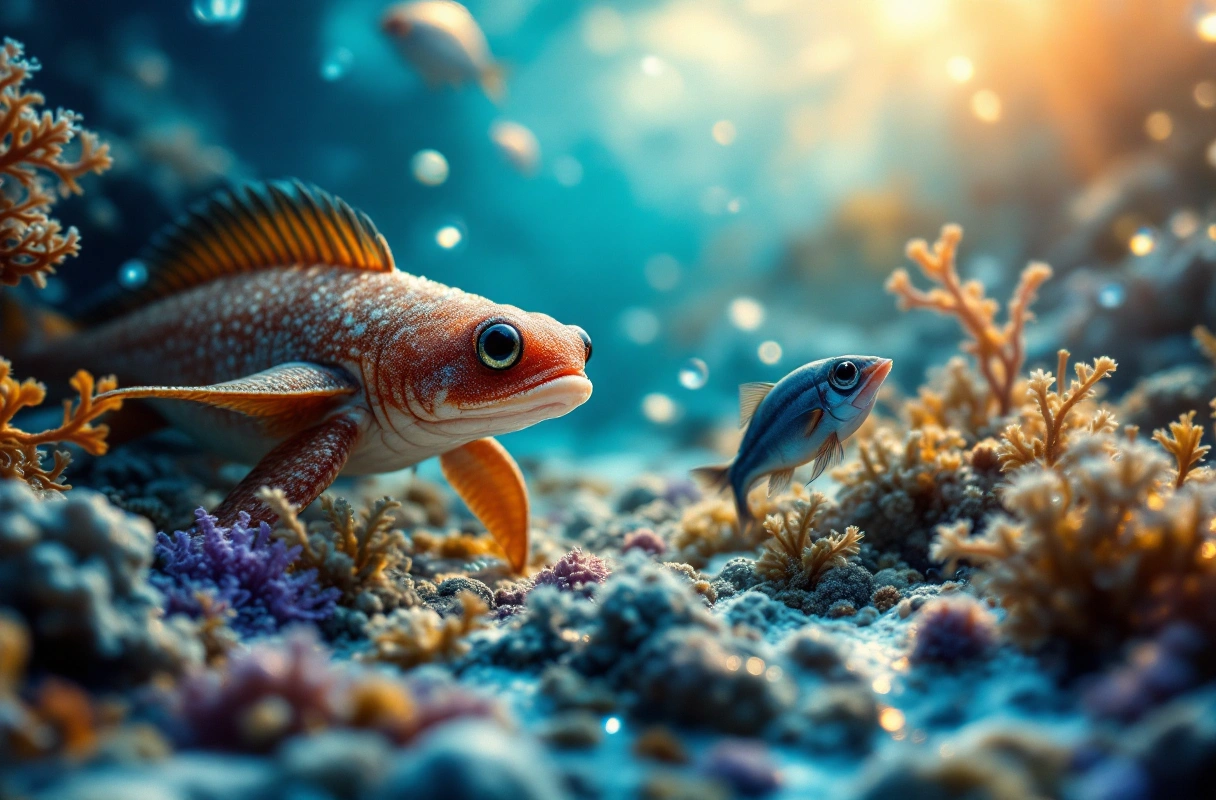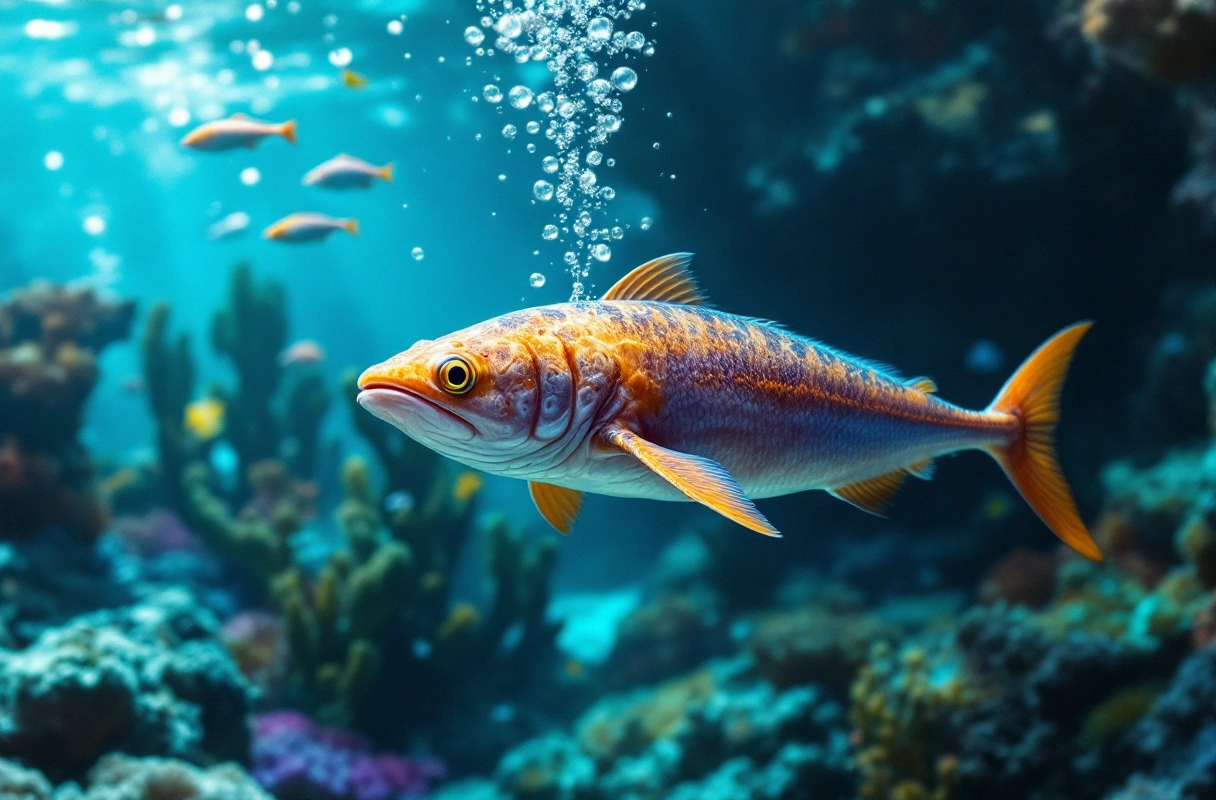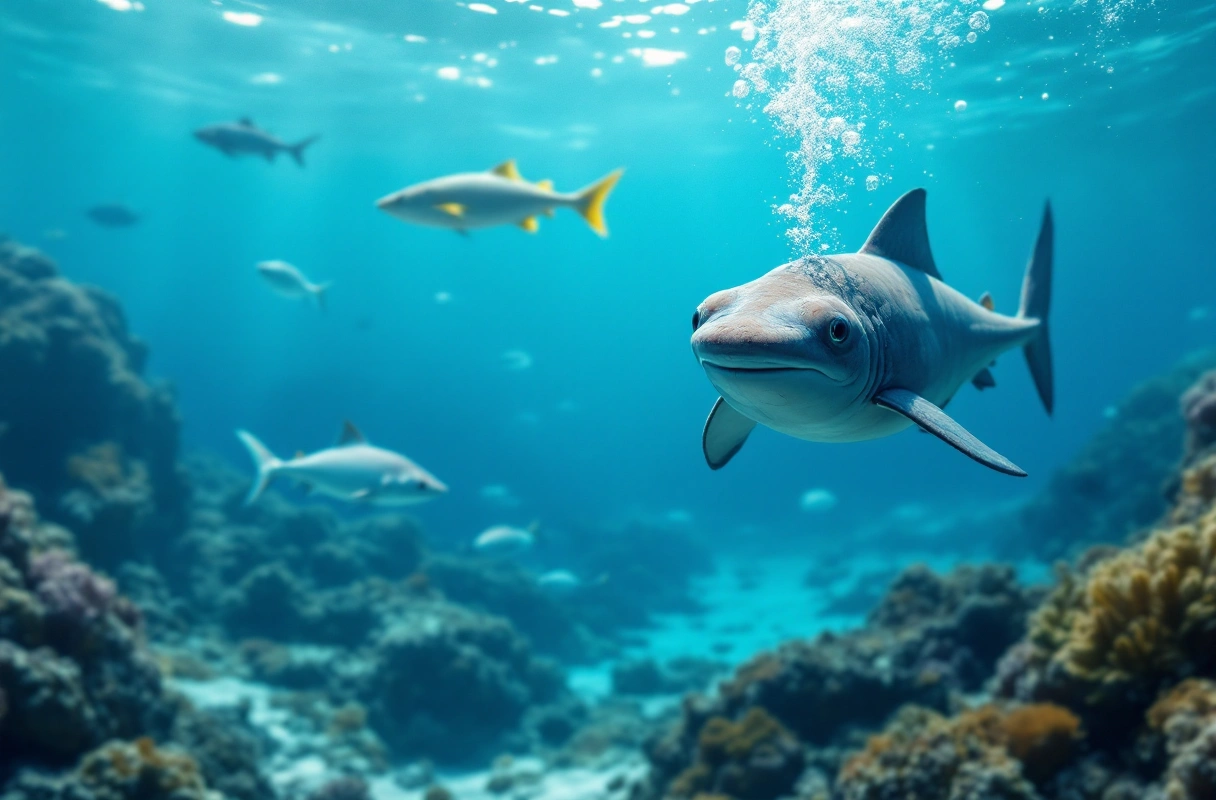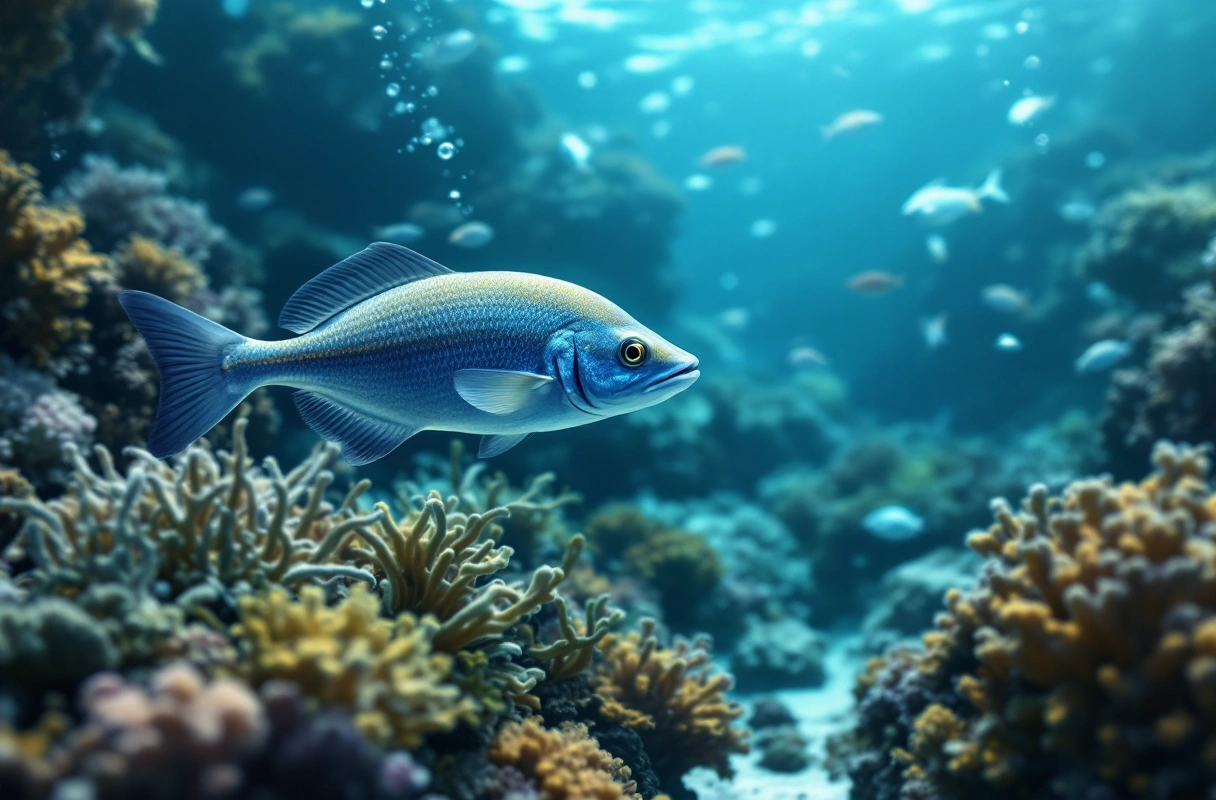
Understanding the world beneath the waves can be as fascinating as it is complex. Sea creatures, ranging from the majestic blue whale to the tiniest plankton, play critical roles in our underwater ecosystems. For those venturing into marine biology or simply aiming to appreciate the ocean's diversity, identifying common sea creatures is an essential skill. This guide serves as a comprehensive resource for beginners eager to explore the vast array of life in our oceans.

Marine ecosystems are intricate networks where various species interact with one another and their environment. Sea creatures are not just inhabitants of these systems; they are vital contributors to their health and stability. Each organism, from the smallest algae to the largest fish, plays a unique role in maintaining the ecological balance.
At the heart of every marine ecosystem is the food web, which illustrates how energy and nutrients flow through the environment. Sea creatures can be categorized into three main groups based on their roles:
Understanding these roles is crucial for recognizing how sea creatures contribute to the overall health of marine environments. For instance, overfishing of certain species can disrupt the food web, leading to unexpected consequences for the entire ecosystem.
Biodiversity refers to the variety of life forms within a given ecosystem. In marine environments, high biodiversity is essential for resilience against environmental changes. Sea creatures contribute to this biodiversity in several ways:
By understanding the interconnectedness of sea creatures and their ecosystems, we can better appreciate the importance of marine conservation.

Identifying common sea creatures can enhance your appreciation for the marine environment. Here, we explore a selection of familiar sea creatures that you are likely to encounter, whether at the beach or through snorkeling and diving.
Sea turtles are among the most recognizable sea creatures. There are seven species of sea turtles, including the Loggerhead and Green turtle. They are known for their long migrations and play a significant role in maintaining healthy seagrass beds and coral reefs.
Starfish, or sea stars, are fascinating echinoderms that come in various colors and sizes. They are known for their unique ability to regenerate lost limbs.
Jellyfish are gelatinous creatures known for their drifting motion in the water. They possess stinging cells that can be dangerous to humans.
Octopuses are intelligent cephalopods known for their problem-solving abilities and complex behaviors. They have eight arms lined with sensitive suckers.
Clownfish are vibrant, colorful fish known for their symbiotic relationship with sea anemones. They are a favorite among aquarium enthusiasts.

To fully appreciate sea creatures, one must understand the underwater ecosystems they inhabit. These ecosystems are diverse and can vary significantly based on geographic location, water temperature, and depth.
Coral reefs are among the most biodiverse ecosystems on the planet, often referred to as the "rainforests of the sea." They provide habitat for a vast array of sea creatures, including fish, invertebrates, and marine mammals.
Kelp forests are underwater areas dominated by large brown algae known as kelp. These ecosystems are highly productive and serve as vital habitats for various marine life.
The open ocean, or pelagic zone, is the largest marine habitat, covering vast areas of the Earth's surface. It is home to a variety of sea creatures, from plankton to whales.
As with many subjects, there are several misconceptions about sea creatures that can lead to misunderstandings about their roles and behaviors. Addressing these misconceptions is vital for fostering a more accurate understanding of marine life.
While some jellyfish possess powerful stings that can be harmful to humans, many species are harmless. Understanding which jellyfish are dangerous and which are not can help alleviate unnecessary fear.
Despite their portrayal in media, most sharks are not a threat to humans. In fact, many species are endangered due to overfishing and habitat loss. Sharks play a crucial role in maintaining the health of marine ecosystems.
Many people believe that marine life is insulated from the effects of climate change. In reality, rising ocean temperatures, acidification, and habitat destruction significantly impact sea creatures and their habitats.
Education plays a pivotal role in fostering a deeper understanding of sea creatures and their ecosystems. By raising awareness about the importance of marine conservation, individuals can contribute to the protection of these vital resources.
For nature enthusiasts, students, and kids excited about learning more about the world, engaging with marine life can be both educational and rewarding. Here are some ways to get involved:
Conservation organizations play a crucial role in protecting marine ecosystems. Supporting these organizations through donations or volunteering can help preserve the habitats of sea creatures.
The exploration of sea creatures opens up a world of wonder and curiosity. As you embark on your journey to identify and understand these remarkable beings, remember that resources like the Banana Slug Club can enhance your experience. The Banana Slug Club is dedicated to fostering a love for nature, science, and the environment among students and nature enthusiasts alike.
By engaging with our community, you can access valuable information, participate in events, and connect with others who share your passion for learning about the natural world. Whether you are a student excited to dive deeper into marine biology or a nature enthusiast eager to explore underwater ecosystems, the Banana Slug Club is here to support your journey.
Visit our website for more information on upcoming events, educational resources, and ways to get involved. Together, we can foster a greater appreciation for sea creatures and the vital roles they play in our planet's ecosystems. Embrace your curiosity, and let's explore the wonders of the ocean together!
Get free resources, early access to new features and updates.
No spam. Just fun educational emails!